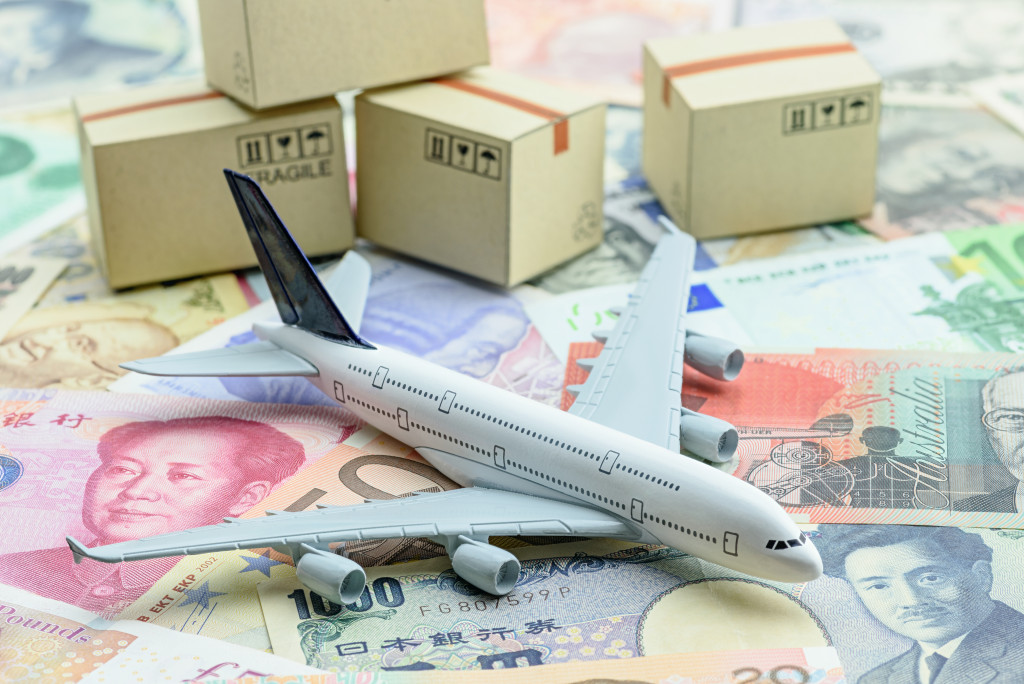- Securely package and label aircraft components before transportation.
- Choose the right mode of transportation based on priority, distance, and nature of the component.
- Proper loading and unloading practices should be followed to prevent damage.
- Utilize tracking and monitoring software for real-time updates during shipment.
- Have an insurance policy and contingency plan for any unexpected damage or delays.
When it comes to aircraft manufacturing, ensuring that all the components are safely and securely transported to the right place is essential. This becomes even more critical when dealing with sensitive aircraft components.
Delicate aircraft components require specialized care and attention to ensure they are not damaged during transportation. The consequences of damaged parts can range from delays in production to safety risks. This blog post will explore some of how manufacturers can ensure the secure transportation of sensitive aircraft components.
Packaging and Labeling
The first step in transporting aircraft components is to ensure their packaging and labeling. The pieces should be packed to prevent them from moving around during transport. An ideal package should have compartments that fit the components’ shape and size and ensure they stay in place throughout the journey.
One of the most common aircraft components today is the Passenger Service Unit (PSU). This component is used to control the interior lighting, temperature, and other functions of an aircraft.
When transporting a PSU, it is essential to use a specialized passenger service unit storage to prevent damage. Such storage units come with specially designed foam inserts that are custom-made to fit the shape of the PSU so that it remains secure throughout the journey.
Choosing the Right Transportation Mode

When transporting aircraft components, choosing the right transportation mode is essential. The method of transportation should be selected based on factors such as the priority of the shipment, distance, and the component’s nature.
Air freight is an excellent transportation mode when transporting aircraft components. Air freights allow fast transit times, temperature-controlled environments, and secure, confidential handling.
Proper Loading and Unloading Practices
The loading and unloading process of aircraft components is crucial in ensuring they remain intact throughout transportation. The components should be handled carefully during loading and unloading, avoiding excessive force or impact.
The transporters should know the components’ nature and handling to prevent damage when loading and unloading. The handlers should use tools like dollies, carts, and cranes to avoid taking the components by hand.
Tracking and Monitoring
Tracking packages, from their origin to their destination, requires a well-executed plan involving innovative software programs. Here are four tools that logistics businesses can use to increase efficiency and productivity.
Real-Time Tracking
Real-time package tracking is a precious tool for logistics businesses. This tool communicates with customers and delivery drivers, providing swift updates on the location and status of packages. Useful real-time tracking software includes FedEx Delivery Manager, UPS My Choice, and Pitney Bowes’ SendPro Online.
Automated Monitoring
Automated monitoring systems simplify the tracking process, enabling logistics businesses to monitor the movement of their packages from origin to destination. FedEx Insight and UPS Quantum View provide automated monitoring software that allows companies to watch their packages move and provide updates when necessary.
Advanced Reporting
Advanced reporting software enables logistics businesses to tailor their tracking and monitoring systems. Top reporting software includes ShipStation and Shippo. These software programs provide advanced reporting tools that will allow companies to track package delivery rates, optimal delivery routes, and shipping cost analysis.
Personalized Notifications
Personalized notifications software allows logistics businesses to develop strong relationships with their customers. Customized notifications inform customers of delivery options, shipping rates, and expected delivery times. FedEx Delivery Manager and UPS My Choice are top software programs that provide personalized notifications.
Insurance and Contingency Plans

Accidents can still occur despite all the precautions taken in transporting delicate aircraft components. A contingency plan is vital in case of any damage or delay during transportation.
Manufacturers should work with transporters who offer comprehensive insurance coverage to protect against any damage or loss of shipment. Additionally, a contingency plan should include alternatives in case of any delays, such as using another transportation mode or having backup components in place.
The Bottomline
Transporting delicate aircraft components requires specialized care and attention to prevent any damage or loss. By following the steps outlined in this blog post, manufacturers can ensure that their members are transported safely and securely, reducing production delays, improving safety, and better customer satisfaction.
With these precautions, you can be sure that your delicate aircraft components will reach their destination in pristine condition. So, get the right packaging, choose a reliable transportation mode, and implement tracking and monitoring tools today




